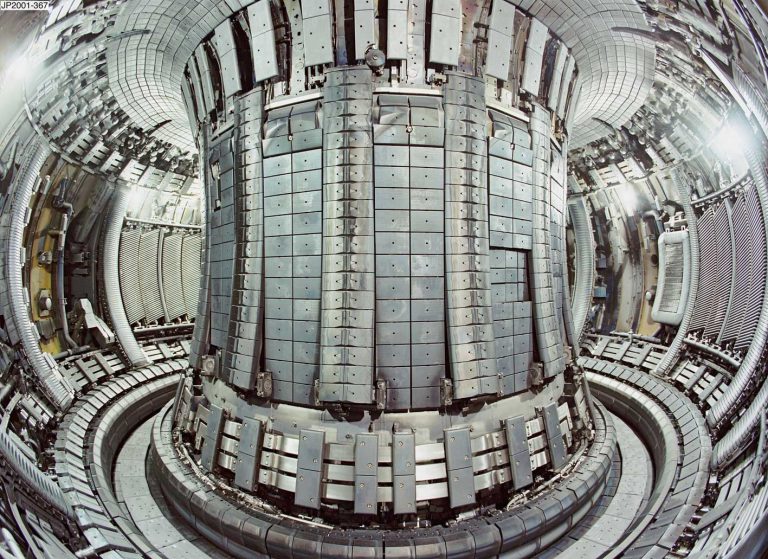
Fusion is the process that powers the sun and stars, and underpins all of the energy sources available to human beings today. Since the 1950s, scientists have been attempting to achieve controlled nuclear fusion in order to provide the Earth with a virtually limitless supply of clean energy, but the challenges are imposing.
With the construction of the international ITER tokamak reactor in France, the world has committed to the practical realization of fusion energy- essentially undertaking to build our own sun – to deliver effectively inexhaustible and safe base-load power at little cost to the environment. The device will be capable of delivering 500 megawatts of power, and incredibly, the fusion plasma in ITER will
be 10 times hotter than the centre of the Sun. Plasma is the fourth state of matter (the other three being solid, liquid and gas) and, while gravity holds Sun together, on Earth we must use massive chambers with powerful magnetic fields to contain the hot plasma.
Australia has been at the forefront of this endeavour for more than 50 years. The Australian Plasma Fusion Research Facility (APFRF) at the Australian National University is the centrepiece of experimental fusion research in Australia and underpins our contribution to the international fusion program. In the past decade, researchers at the ANU have developed unique optical technologies for tomographic imaging of fusion plasma flows, temperatures and internal fields, and these systems are now installed on frontline fusion devices all over the world. A recently signed Cooperation Agreement between Australian and the ITER Organization will see Australian imaging systems deployed for detailed measurement of the plasma exhaust and impurity ion flows and temperatures in the ITER plasma boundary and exhaust regions.
In this talk Professor Howard will describe how modern fusion reactors work. He will review the current status of and prospects for fusion research and describe how Australia can make an important contribution to this grand challenge.
About John Howard
John Howard obtained his BSc (Hons I + medal) and PhD degree in 1983 in the field of plasma physics at the University of Sydney. He subsequently worked in the Dept of Electrical Engineering at UCLA until his return to the Australian National University in 1989. Prof Howard has worked on many aspects relating to the diagnosis and physics of plasmas. He also has interests in the broad area of remote sensing and inverse methods with strong links into industry. He is the recently retired head of the Plasma Research Laboratory at ANU and Director of the APFRF until mid-‐2016. Professor Howard invented “coherence imaging” optical systems that are now installed on many of the world’s largest fusion devices.Based on this work he was a finalist in the 2012 Australian Innovation Challenge. He has published well over 100 articles in refereed journals and won many millions of dollars in research grant funding. Presently Prof Howard works under contract to the ITER organisation and leads Australia’s effort to build, install and operate one of the key diagnostic systems for ITER.
More information at events.utas.edu.au.
